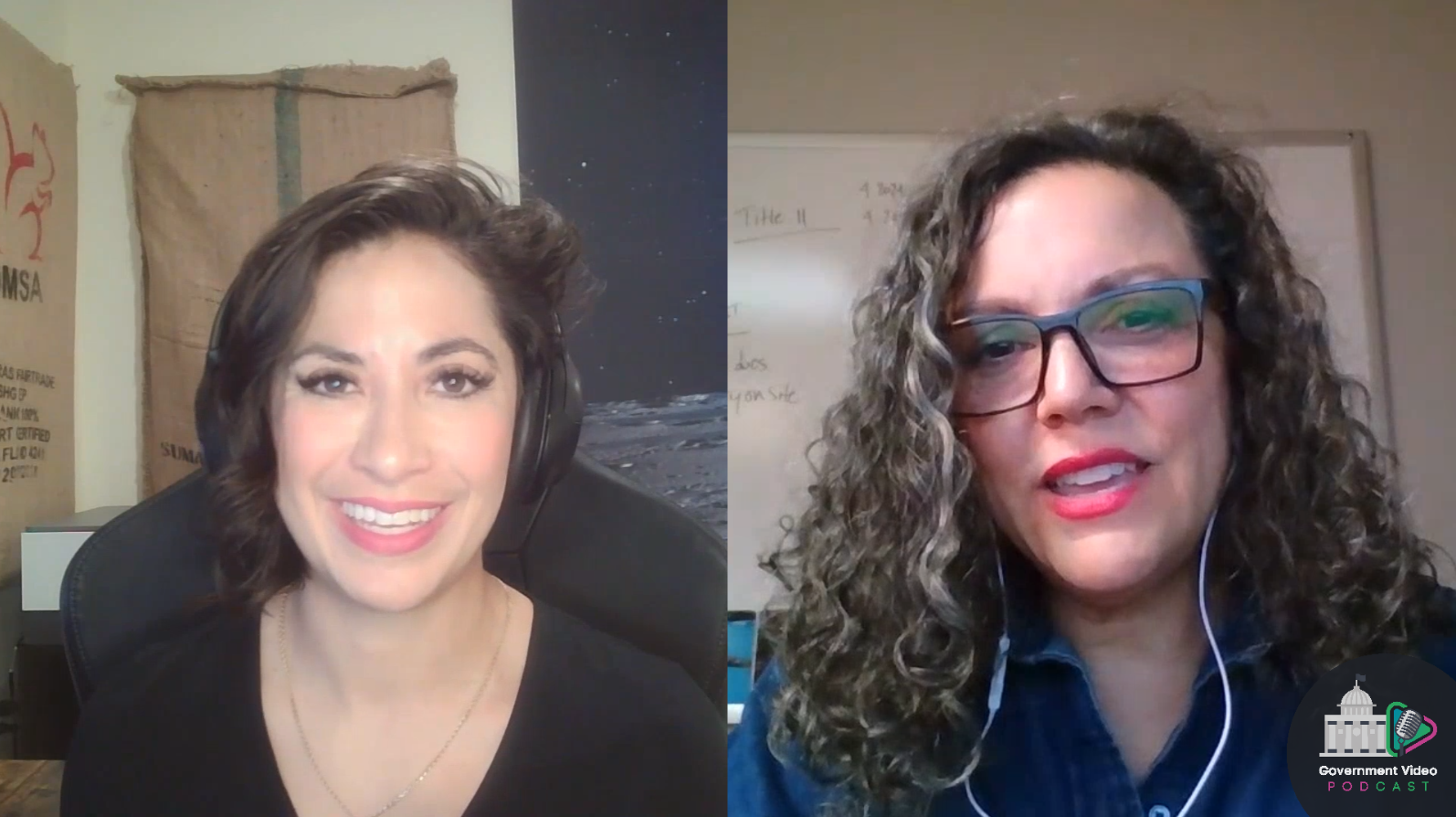
Hey there, government communications pros! It's Dana from the Government Video Podcast, and if you’re in charge of accessibility compliance for your city or town, this one’s for you. We just dropped the latest, where I sat down with Dave Halpin, a Communications and IT Project Manager, and Media Coordinator Aaron Shamshoyan, to talk about something we should all be thinking about—DOJ accessibility audits. Yep, those seemingly random letters that could land on your desk any day.
Before you start sweating over the idea of federal auditors breathing down your neck, let me tell you, it’s not as bad as it sounds. In fact, it could be a pretty decent learning opportunity! If you don’t believe me, you’ll want to check out the full episode to get the inside scoop on how Dave and Aaron’s district handled it like champs. Here’s a little preview.
First, let’s talk government video accessibility. Ever wondered if your public meeting videos or content management systems are accessible to all your residents, including those with disabilities? If you’re a Public Information Officer, Video Specialist, Media Manager, or Technology Coordinator, you probably know there are a ton of accessibility guidelines out there—WCAG 2.1 AA, anyone? But how prepared are you for when someone taps you on the shoulder to make sure you’re following them?
In the episode, Dave and Aaron walk us through what it’s like to get that knock on the door (or email in the inbox) from the Department of Justice. Spoiler: Their audit wasn’t triggered by any glaring mistake. It was a completely random check as part of the Americans with Disabilities Act initiative. And guess what? The process wasn’t nearly as terrifying as you’d think. Sure, there was that initial moment of panic—we’ve all been there—but with the right mindset, it became a valuable opportunity for improvement.
One of the biggest takeaways? You don’t have to go it alone. Tools like web accessibility tools for municipalities and local government accessible meeting solutions can help you make sure your content, whether it’s on your website or broadcasted on TV, is compliant and accessible. Think about it—broadcast automation platforms are great, but are they helping you hit those accessibility marks? This is where Dave and Aaron shared some great strategies on how to work not only with your own content but also with third-party platforms to keep everything up to code.
What surprised me most? The audit process wasn’t some high-pressure, “do this or else” situation. It was a collaborative effort where the DOJ really worked with the district to make their content more accessible. There were even a few surprises along the way, like realizing that certain features—like dropdown menus—completely fall apart when zoomed to 200%! Have you checked your own site at 200%? Trust me, you’re going to want to.
Aaron also mentioned some web browser tools they used to check their site’s accessibility, but the real kicker was the manual checks done by the auditors—stuff those plugins just don’t catch. So, if you’re relying on a single plugin to declare your site compliant, think again.
I won’t give away everything (you’ll have to listen to the full episode for that!), but whether you’re already knee-deep in accessibility improvements or just starting to think about it, this episode is packed with practical advice. We even get into the nitty-gritty of font choices, color contrasts, and those all-important closed captions for your video content. You’d be surprised how these small adjustments can make a big difference.
So, what should you do if you get that DOJ audit notice? Start by learning what accessibility actually means for your organization, do some self-evaluation, and be honest about what you can and can’t do. And if you haven’t gotten a notice yet, don’t wait! Start making your content accessible now—it’s just good practice.
Ready to learn more? Tune in to the full episode of the Government Video Podcast for a deep dive into Dave and Aaron’s experience, complete with actionable steps you can start taking today. Trust me, it’s worth a listen!
Until next time, keep making your content accessible and inclusive! 👩💻👨💻
P.S. Don’t forget to like, comment, and subscribe if you found this helpful. Let’s keep the conversation going on how we can all do better with accessibility!
Event Replay - Demystifying Closed Captioning: What WCAG 2.1AA Really Requires for Government Video
Get clarity on WCAG 2.1AA captioning requirements. Learn what’s required, what’s recommended, and how to keep your government video content compliant.
.png)







.png)
.png)




